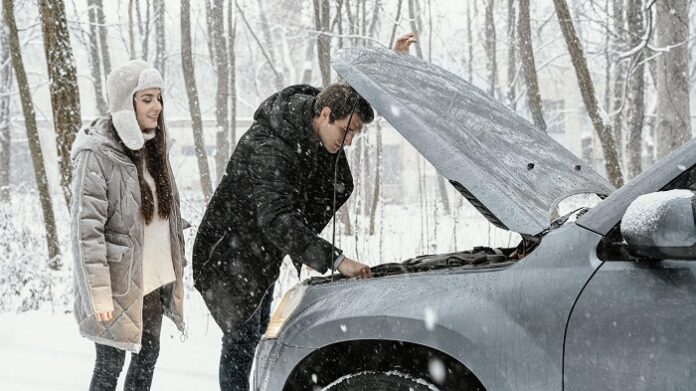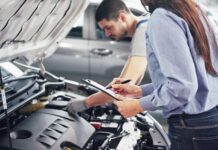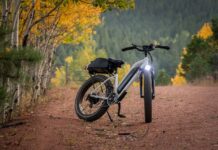Winter can be a challenging time of year for motorists. The slippery road surfaces make collisions more likely, and the early-morning cold starts and freeze-thaw cycles can put stress on the actual machinery that makes a car work.
If you’re to get the best from your vehicle this winter, then a little bit of preparation is in order. By being proactive, you can address problems before they have a chance to become serious.
Essential Winter Maintenance Checks
Let’s run through a few of the essential checks you’ll want to carry out this winter.
Batteries tend to fail during cold weather. They are less capable of holding a charge, and they are put under more stress by the starter motor and your car’s heating and infotainment systems. If your car is sitting idle on the drive for long periods, then the problem might be even worse.
Your tyres pose another problem that’s more pressing during winter. The tread depth should be well above the legal minimum. This will reduce the risk of aquaplaning, and keep your grip on the road high even during poor conditions. Make sure that your tyres are adequately inflated, too.
Fluid levels are also essential. Your car can function only with the help of certain fluids. Check your oil, your screenwash, and your antifreeze. Make sure that you haven’t sprung any leaks.
Upgrading for Winter
In some cases, it makes sense to make special changes just for winter. Certain oils, for example, are capable of maintaining their viscosity even when the temperatures drop. New wiper blades might also make sense – these are designed to be replaced periodically to ensure that visibility is maintained.
If you’re going to be spending a lot of time on the road when the conditions are snowy, then it might be a good idea to swap out your existing tyres for a set of special winter ones. If you’re shopping for used cars, then you should be aware that these upgrades might be necessary and worthwhile before you agree on a price.
Emergency Kit Preparedness
If you should become stranded at the roadside, you’ll be grateful for the support of a pre-packed kit. It should include essentials like blankets, torches, a phone charging power pack, a first-aid kit, and non-perishable food.
Lights and Visibility
Visibility is crucial for safe driving, especially in cold weather. Sometimes drastic show falls and fog can compromise your vision thus having bright, possibly, LED headlights are necessary.
Headlights and taillights
To keep your headlights, taillights, brake lights, and turn signals functional, check them regularly during the winter and make sure no snow is scuffled around them. Make sure all lights work and replace any that burn out. In low-light or winter conditions, working lights are vital for your vision and that of other drivers.
Washer fluid with windshield wiper blades
A clean windshield is the first step to clear vision. Check your windshield wipers and replace old ones with the best wiper blades for optimal performance. Fill the windshield washer fluid reservoir with winter solution to avoid freezing. Wipers and a full washer fluid reservoir are needed to remove snow, ice, and road grime and clean the view.
Snow and Ice Removal Tools
You need an ice scraper and snow brush in your car to quickly clear snow and ice from windows, mirrors, and the exterior. This improves visibility and increases road safety for other drivers. In several states, automobile snow and ice removal is required.
Driving Tips for Winter Conditions
The most important safety tip for winter is speed reduction. By driving slower, you’ll give yourself more time to react, and more stopping distance. You’ll also limit the damage inflicted by any crash you are involved in.
If you should become trapped in a slide, then you should steer into the slide until you get a grip on the road again. Squeeze the brakes gently. If you have ABS, then this will happen anyway.
Image by Freepik





